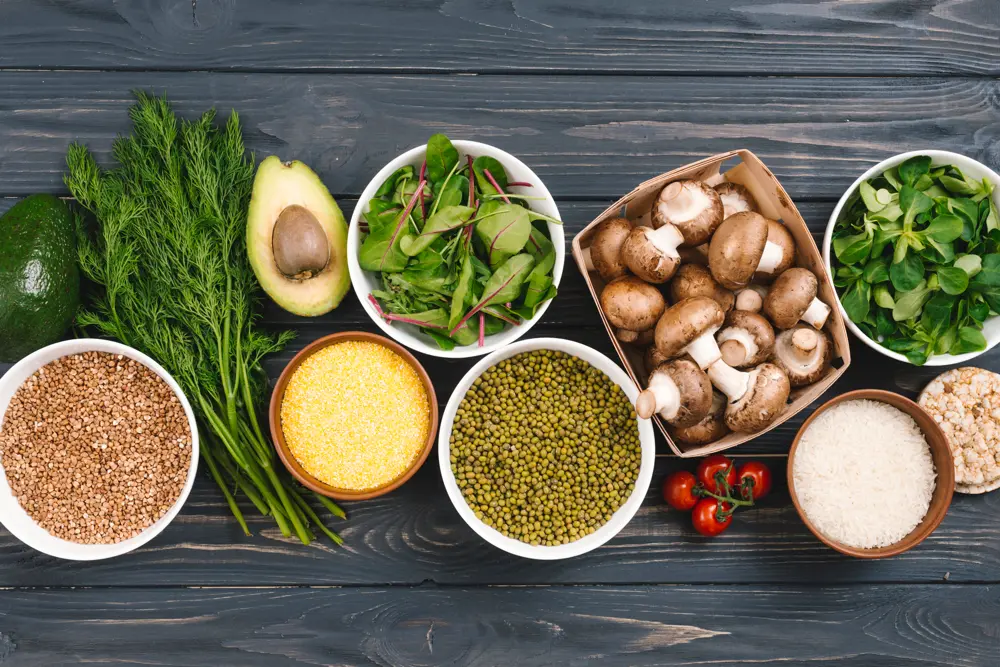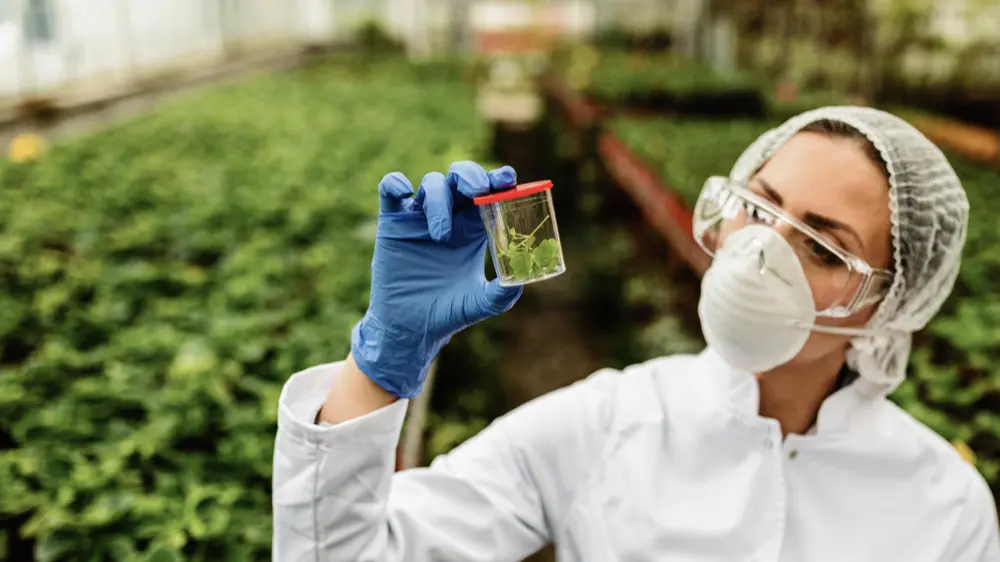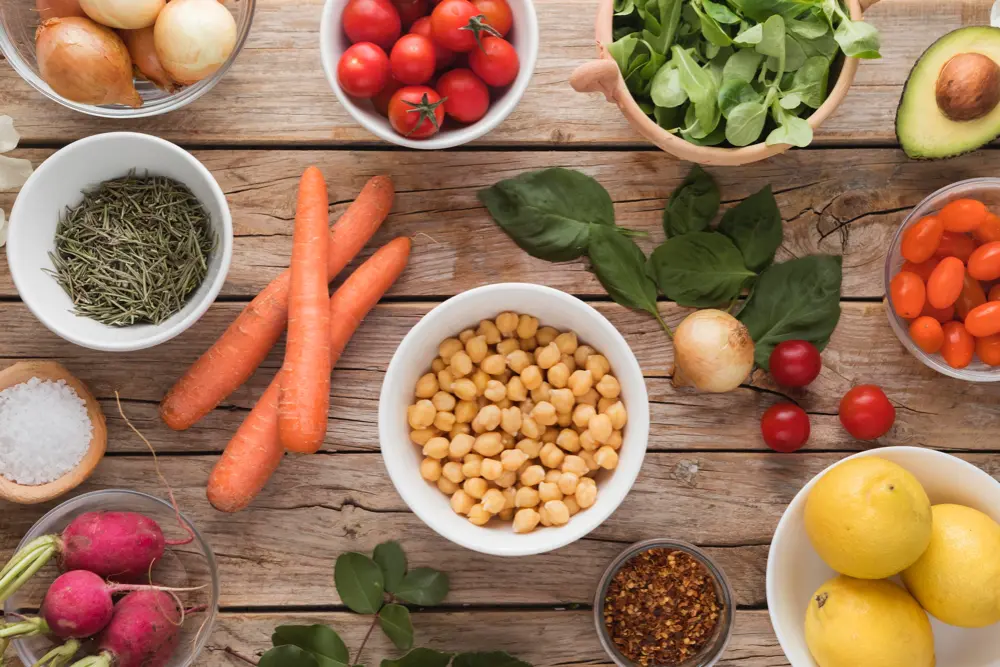The Rise of Plant-Based Proteins and their Functional Challenges
Nowadays, plant-based proteins are gaining momentum due to their wide availability, good amino acid content, and their market appeal. Unfortunately, these molecules usually have low water solubility, affecting other functional characteristics, such as foaming and emulsification, opening technological opportunities for research. Some plant-based protein applications rely on adjustments to final formulations and changing these chemical structures to produce new protein ingredients is also a path widely used in recent research.
These modifications can be classified as physical or chemical, the latter being the most popular, and hydrolysis is one of the more widely reported modifications. This review explores the application of chemical modifications to plant-based proteins to improve techno-functional properties, when applied as part of food formulations. In addition, acetylation and succinylation, as the second and third most used processes, are discussed, including a deep analysis of their effects. Furthermore, since there is no concise compilation of patents associated with these technological efforts, some of the references that involve chemical modifications and current regulations used worldwide for novel foods produced with these technologies are included in this review. Finally, future perspectives for the chemical modification of proteins are discussed.
Proteins: Functions and Categories
Proteins are the most common macromolecules present in humans, and they have several functions. They can be structural components, hormones, messengers, enzymes, transporters, components of the immune system, etc. There are four categories into which the protein structure is divided: primary, secondary, tertiary, and quaternary; proteins are also classified into two main groups based on their functions, structural (the principal components of tissues) and biologically active proteins (hormones and enzymes can be found in this category). Dietary protein represents the primary source of amino acids, which are necessary for the stages of growth, development, and, in general, for keeping humans healthy. Therefore, the recommended amount of protein from animal or plant sources that should be acquired daily through diet is 0.83 g/kg.
Protein Content in Different Sources

One thing to consider is that the protein contents of these categories vary. Still, the highest percentage can be found in oil seeds and nuts, with approximately 25.8% and 20.0% of their weights, respectively.
The worldwide value of the protein as ingredients market in 2021 was equivalent to 55.7 billion U.S. dollars, and it is expected to reach 70.9 billion U.S. dollars by 2025 Moreover, the plant-based protein market accounts for 11 billion U.S. dollars, and it is projected to reach 14.6 billion U.S. dollars by 2025.
Preference for Animal Proteins
It should be noted that although vegetal sources are rich in protein, consumption from animal sources is preferred for two main reasons: their amino acid composition (which helps to maintain mass) and the ease with which they are digested by humans.
Challenges with Plant-Based Proteins
Due to their low water solubility, at most 33% of high-protein ingredients derived from plant proteins are used in end-food applications. Other functional properties, such as foam and emulsifying capacity, are important when producing foods and rely on solubility- Therefore, the latter becomes one of the most important traits of plant-based proteins. Several strategies have been devised in the food industry sector to increase solubility, among these are structural modifications of the protein chain, which can be classified as enzymatic, physical, and also chemical, or based on a chemical reaction where one or more functional groups of the original protein is changed. The modification of proteins (with sources such as canola, mung bean, and lentil) has enhanced their functional properties.
Focus of This Review

This review will discuss the most reported chemical modification (acetylation, succinylation, and enzymatic hydrolysis) of plant-based proteins and their effects on solubility, emulsifying capacity, and foam capacity, as these are the most important functionalities for food development using new ingredients. These functionalities represent the interaction of proteins with water, oil, and air and modulate the texture, taste, and other sensory properties of foods. In addition, the effect of these modifications on the nutritional properties of plant-based proteins will be mentioned. Furthermore, some patents and the relevance of modified plant-based proteins in industrial processes will also be addressed. Finally, a general outlook will be given on the importance of these modifications and future trends.


